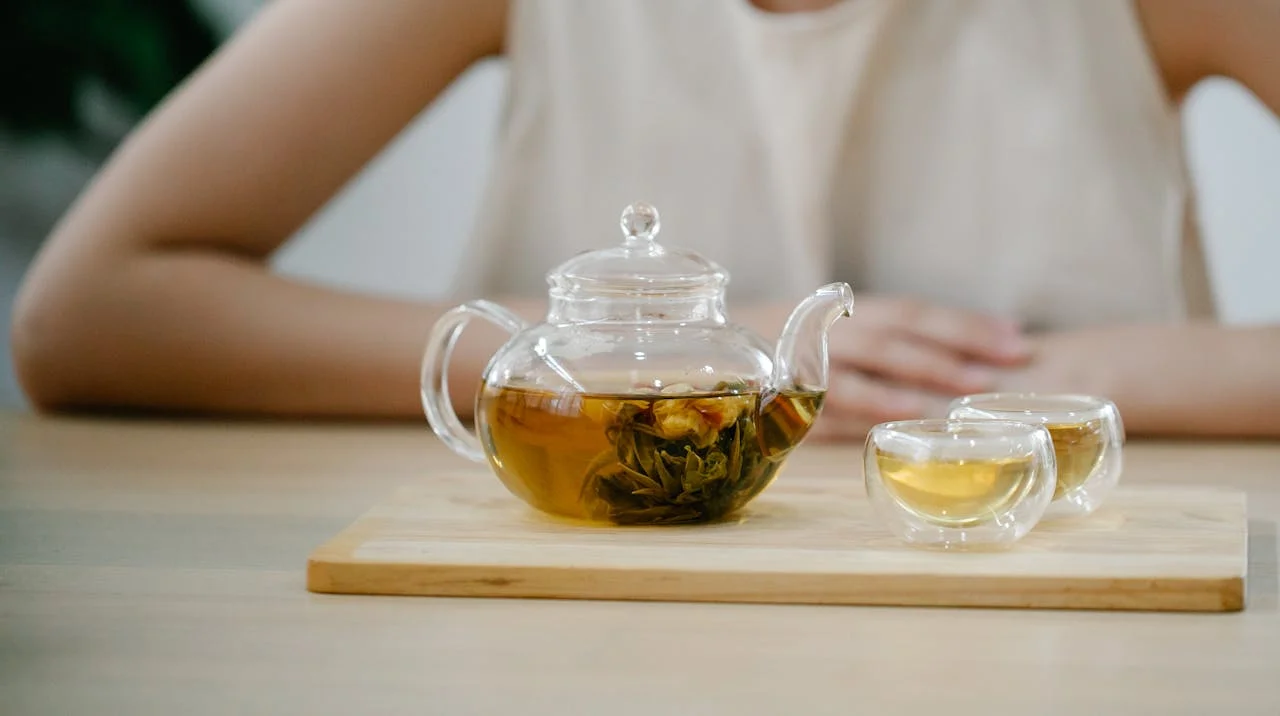
You’re making green tea every day, thinking you’re doing something great for your health, but I can tell you that most people unknowingly sabotage their efforts with simple mistakes. I’ve seen countless tea enthusiasts cancel out green tea’s powerful antioxidants and metabolism-boosting benefits without realizing it. These eight critical errors aren’t just about taste—they’re literally destroying the compounds that make green tea so beneficial, and you might be making several of them right now.
Using Boiling Water to Brew Your Green Tea
One of the biggest mistakes I see people make with green tea is dumping boiling water straight onto their delicate leaves, and I can tell you from years of experience that this single error will ruin even the most expensive tea. You’re fundamentally burning those precious compounds that give you the health benefits you’re after.
When water hits 212°F, it destroys the catechins and creates bitter tannins that make your tea taste harsh and astringent. I’ve watched people spend premium money on high-quality sencha, then scald it with boiling water and wonder why it tastes terrible.
You need water between 160-180°F, which means letting your kettle cool for 3-5 minutes after boiling. This temperature preserves the antioxidants while extracting the subtle, sweet flavors.
Creating the perfect brewing ritual transforms your tea preparation into moments of tranquility that allow you to appreciate the simple pleasures and mindful connection with your morning beverage.
Steeping Green Tea for Too Long
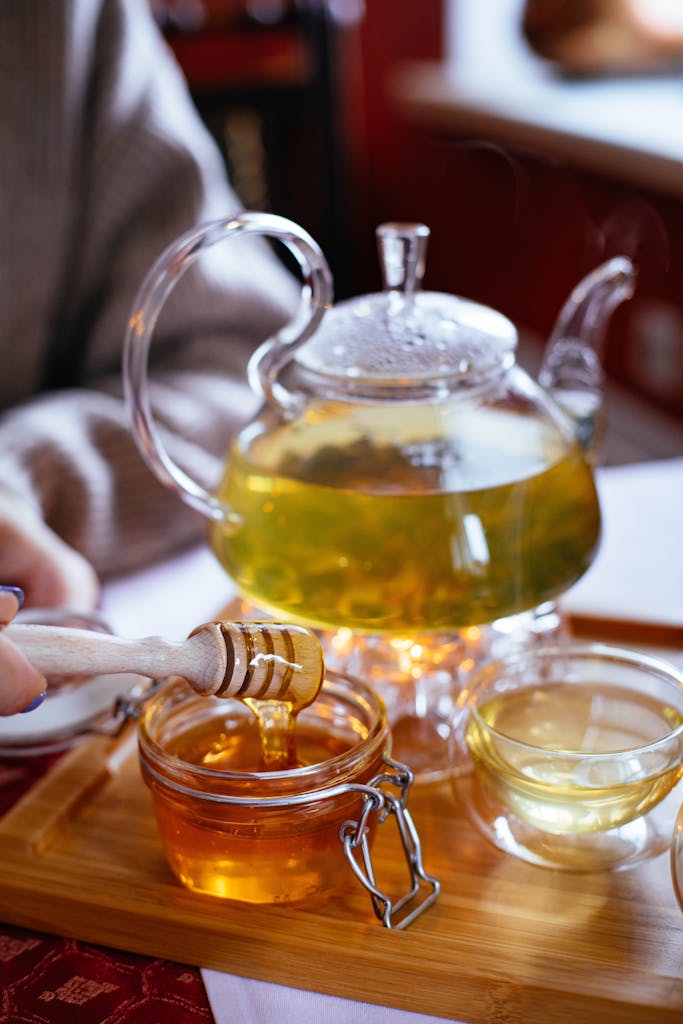
The second fatal mistake happens when you walk away from your steeping tea and forget about it, and I’ve made this error countless times myself when I first started drinking green tea seriously. You’ll destroy every health benefit you’re chasing if you let those leaves sit too long. I can tell you from experience, anything over three minutes turns your tea into a bitter, astringent nightmare that’s actually counterproductive.
Excessive steeping releases too many tannins, which bind to the beneficial compounds and make them harder for your body to absorb. You’re literally canceling out the antioxidants you want. Set a timer for two to three minutes maximum, then remove those leaves immediately. Your taste buds and your health will thank you. Making proper tea steeping a daily habit follows the same principles as any behavior change – consistent practice over time makes it feel more automatic and requires less conscious effort.
Drinking Green Tea on an Empty Stomach
Even worse than overstepping your tea is drinking it on an empty stomach, and I learned this lesson the hard way during my first month of serious green tea consumption.
I can tell you firsthand that downing green tea without food creates a perfect storm of digestive chaos. The tannins hit your empty stomach lining like acid, causing nausea, cramping, and that awful jittery feeling that’ll derail your entire morning.
You’re fundamentally turning your stomach into a battleground where caffeine and tannins attack sensitive tissues without any food buffer. I’ve never seen someone maintain peak performance while dealing with tea-induced stomach pain. Smart power players always eat something first, even if it’s just a piece of toast or handful of nuts.
This same principle applies to evening consumption, where drinking green tea late at night can redirect the body’s focus from rest to digestion, disrupting your natural sleep cycles.
Adding Milk or Dairy Products to Your Tea
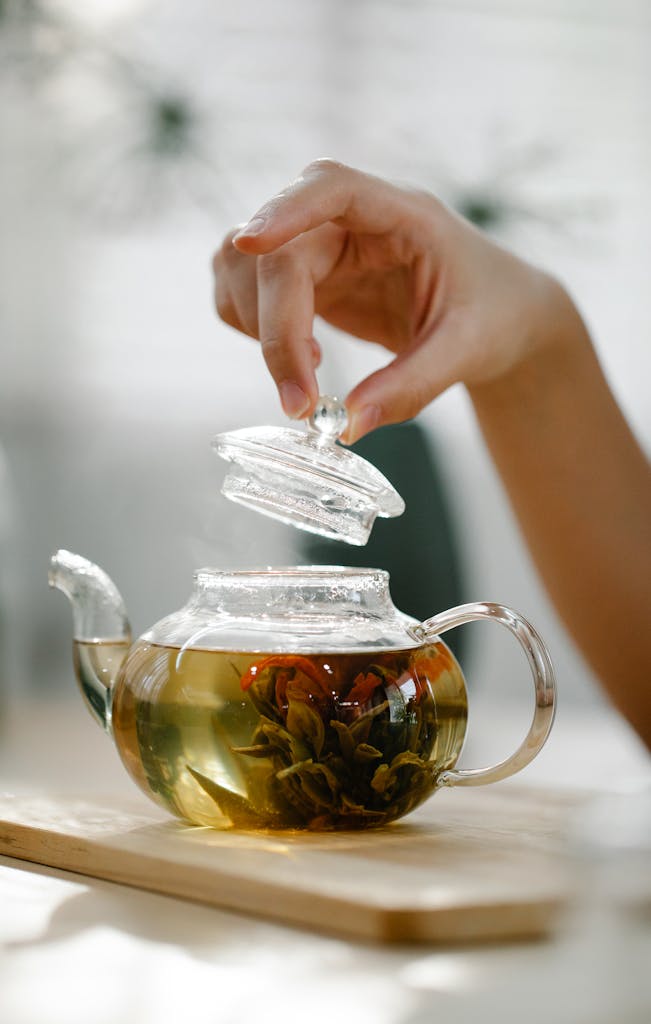
Adding milk to your green tea might seem harmless, but this innocent mistake destroys the very compounds that make green tea worth drinking in the first place. I can tell you from years of research that milk proteins bind directly to catechins, especially EGCG, neutralizing their antioxidant power completely.
The casein proteins in dairy act like molecular magnets, grabbing onto polyphenols and making them unavailable for absorption. I’ve never seen a practice that so effectively cancels out health benefits while people think they’re being healthy.
Your body can’t access the fat-burning compounds, the cancer-fighting antioxidants, or the metabolism-boosting elements when milk interferes. Skip the cream, avoid the sugar-laden lattes, drink it straight. That’s where real power lies.
When you’re trying to maximize your health during cold season, protecting these antioxidants becomes even more critical since they work alongside other immune-supporting compounds like vitamin C to keep your defenses strong.
Using Low-Quality Tea Bags Instead of Loose Leaves
While most people grab whatever green tea bags they find at the grocery store, you’re sabotaging your health benefits before you even add hot water. I can tell you from years of testing different teas, those cheap bags contain tea dust and fannings—basically the leftover scraps from processing whole leaves. You’re getting minimal antioxidants and maximum disappointment.
Quality loose-leaf green tea delivers concentrated catechins, the compounds that fight inflammation and boost metabolism. I’ve never seen anyone get real results from bargain tea bags because the beneficial compounds have already degraded during mass production. When you invest in loose leaves, you’re accessing the tea’s full potency. Just like how antioxidants in foods like pomegranates and cranberries fight inflammation and support immune health, the compounds in quality green tea need to be preserved through proper processing to deliver their full therapeutic benefits. Don’t undercut your health goals with inferior products that won’t deliver the powerful benefits you’re seeking.
Consuming Green Tea Right Before or After Meals
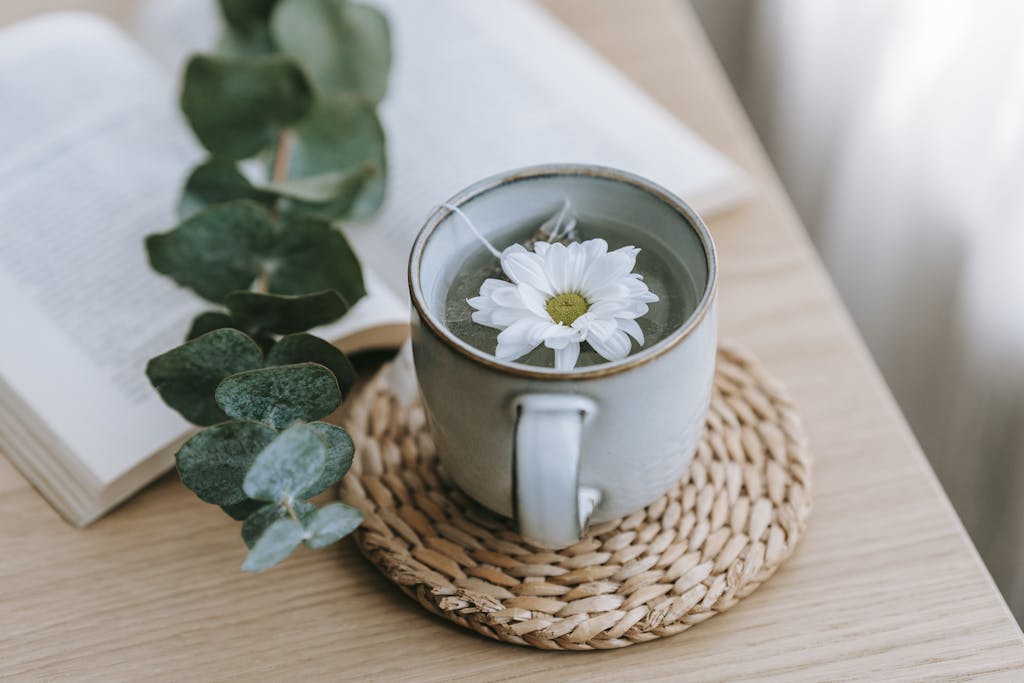
If you’re sipping green tea with your breakfast or immediately after dinner, you’re creating a nutritional nightmare that blocks your body from absorbing essential minerals. I can tell you from years of research that green tea’s tannins bind to iron, zinc, and calcium, making them unavailable to your system. You’re literally flushing nutrients down the drain.
I’ve never seen anyone gain muscle or maintain energy effectively while drinking green tea with meals. The polyphenols that make green tea powerful become your enemy, reducing iron absorption by up to 70%. Wait at least one hour before or two hours after eating. This simple timing shift transforms green tea from a nutrient blocker into the metabolic powerhouse you need for peak performance.
Instead of green tea with meals, consider ginger tea as a digestive aid that can be safely consumed 1-4 times daily and actually helps with nausea and inflammation rather than blocking nutrient absorption.
Drinking Green Tea Late in the Evening
Countless people sabotage their sleep quality by reaching for green tea during their evening wind-down routine, completely unaware they’re setting themselves up for restless nights and groggy mornings.
That innocent evening green tea ritual is secretly wreaking havoc on your sleep cycle and tomorrow’s energy levels.
I can tell you from years of observation that your evening green tea habit destroys your sleep architecture. That “healthy” cup you’re sipping at 8 PM contains 25-50mg of caffeine, enough to keep your mind racing when you should be powering down.
Your body needs 6-8 hours to metabolize caffeine completely. I’ve never seen anyone maintain peak performance while fighting caffeine-induced insomnia.
This late-evening caffeine intake directly suppresses melatonin production, the hormone your body relies on to signal it’s time for deep, restorative sleep.
- Cut off green tea by 2 PM to prevent sleep interference
- Replace evening tea with herbal alternatives like chamomile or passionflower
- Track your sleep quality for two weeks after eliminating late tea consumption
- Create a caffeine-free evening ritual that supports natural melatonin production
- Remember that better sleep equals better decision-making power the next day
Storing Green Tea Improperly
Most tea drinkers unknowingly destroy their expensive green tea within weeks of purchasing it, turning premium leaves into bitter, flavorless disappointments through careless storage habits.
I can tell you that improper storage kills green tea faster than any other mistake. You’re sabotaging your investment when you leave those delicate leaves exposed to light, air, heat, or moisture. I’ve never seen premium tea survive long in clear containers on sunny countertops, yet people do this constantly.
Store your green tea in airtight, opaque containers away from heat sources and direct sunlight. Room temperature pantries work perfectly. Avoid refrigerators unless you’re storing unopened packages, because condensation destroys tea leaves instantly. Your $30 tin of sencha deserves better than sitting next to your coffee maker, slowly degrading into expensive disappointment.
Just like choosing the right desktop wallpaper for a seasonal refresh brings new energy to your workspace, properly storing your tea creates the foundation for consistently enjoying its full benefits.
Conclusion
You’ve learned about eight critical mistakes that can destroy green tea’s powerful benefits, and I can tell you from experience that fixing these issues makes a dramatic difference. Start with proper water temperature, use quality loose leaves, time your steeping carefully, and store your tea correctly. When you avoid these common pitfalls, you’ll finally reveal green tea’s full healing potential and experience the wellness benefits you’re seeking.



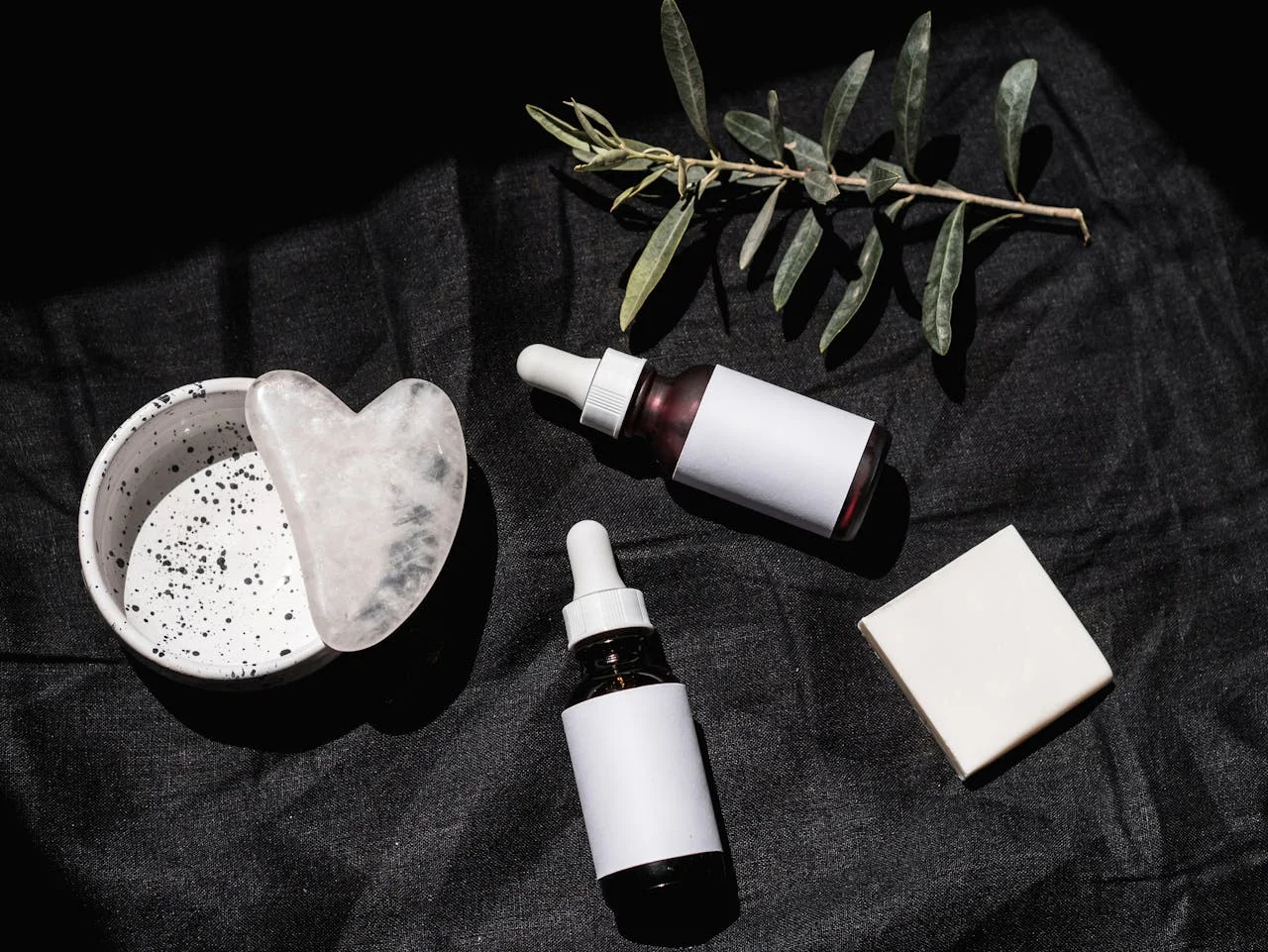

Leave a Reply